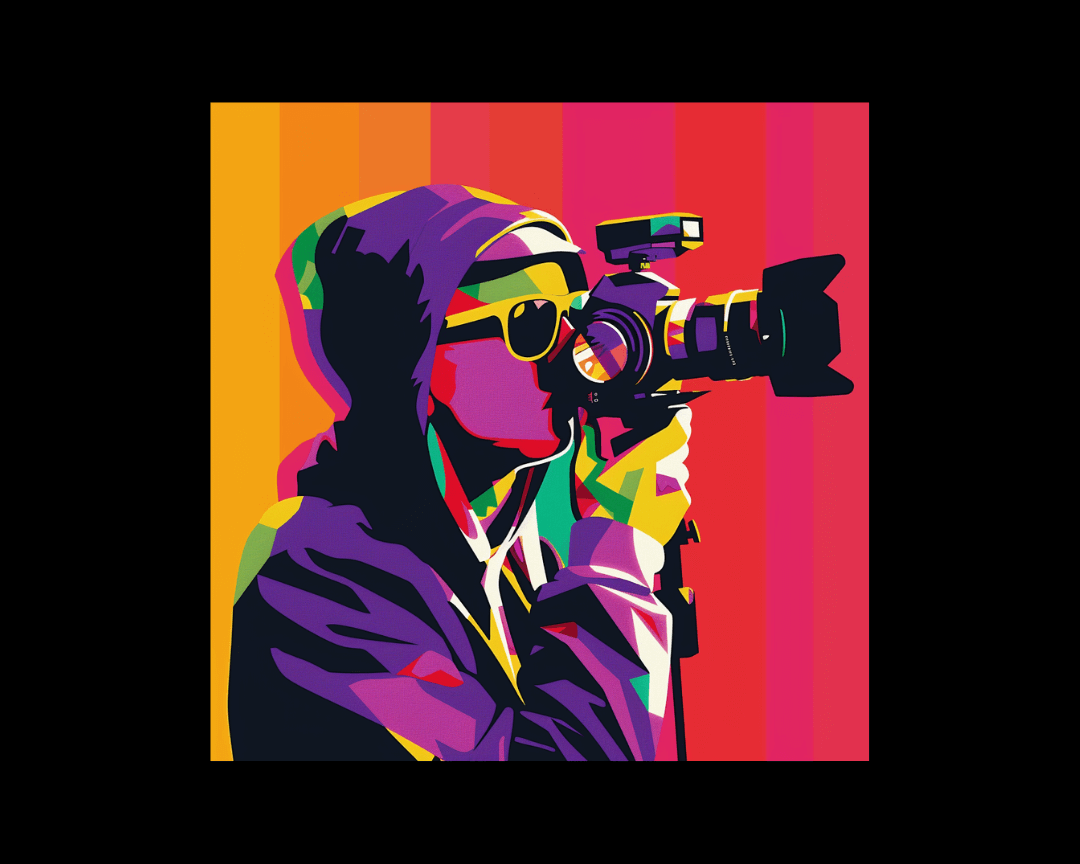Brand Guidelines: What Are They, And Why Do You Need Them?
If your business works with external content creators of any kind, you need brand guidelines. Building a brand takes an immeasurable amount of time...

In today's digital landscape, video content has emerged as a dominant force in online marketing. With the demand for online video skyrocketing, marketers must adapt their strategies to incorporate this powerful medium effectively.
Today, we’re exploring the intricacies of video content marketing, providing actionable insights and best practices to help you maximize this trend.
The appetite for online video content has reached unprecedented heights. Google reports that 60% of American consumers now prefer watching video over traditional live TV. Moreover, since 2015, consumers aged 18-49 have increased their time spent on YouTube by an astonishing 74%.
Digital marketers have noticed this seismic shift, with Vidyard reporting a 93% increase in the use of video for sales and customer conversations since 2019. Additionally, 91% of organizations are either maintaining or increasing their video content production budgets.
Before diving into the creation process, it is crucial to determine where your video content will be published. Each platform has certain characteristics and audience preferences, which can (and most likely will) significantly impact the success of your videos. Some of the most popular video platforms include:
When selecting a platform, consider three factors:
Once you have chosen your platform, it's time to plan your video production. Thorough planning is essential, particularly for highly edited videos intended for YouTube or LinkedIn. This process may involve writing scripts and planning transitions, b-rolls, and graphics before shooting begins.
Planning remains crucial even if you aim for a more spontaneous and natural video style. In such cases, your plan could include the topic, key bullet points to cover, or the desired shooting location. Investing time in pre-production planning can significantly streamline the shooting and editing process, resulting in higher-quality video content.
Your studio is simply the location where you film your videos. It can be a professional studio, your office, or even an outdoor setting like a park. The key is to ensure that your studio is prepped for filming before you begin shooting. Failure to do so can lead to a 5-10x increase in shooting and editing time.
When scouting locations or setting up your studio, keep an eye out for the following:
After shooting your video, the next step is to edit it for maximum engagement. The type of engagement you aim for will depend on the platform and purpose of your video.
For example, a customer testimonial on a landing page may aim for lead generation or purchases, while an IGTV video may focus on likes, views, and comments.
Regardless of the platform, there are several key principles to boost engagement:
Whether your video will be hosted on YouTube (the world's second-largest search engine) or Facebook Watch, optimizing it for SEO is crucial. While the specific optimization techniques may vary by platform, here are some general tips to increase the discoverability of your video:
Optimizing your videos can help you gain more views on video platforms and improve your chances of ranking in Google search results. According to SEMrush, 8.96% of Google's search results contain a video, presenting an opportunity to feature your video content in these coveted spots.
While each video platform has unique characteristics, you can still repurpose some of your content across different platforms. For example, if you have a longer video on YouTube, you can extract a specific technique or tip and share it as a shorter post on Twitter or LinkedIn.
By adapting your content to suit the preferences of each platform, you can maximize the reach and impact of your video marketing efforts.
As the demand for online video content continues to soar, marketers must embrace video content marketing to stay relevant and effectively engage their target audiences. By understanding the nuances of different video platforms, investing in pre-production planning, optimizing for engagement and SEO, and repurposing content across platforms, you can harness the power of video to achieve your marketing goals.
Remember, the key to successful video content marketing lies in providing value to your viewers while adapting to each platform's unique characteristics. By following the best practices outlined in this guide, you can create compelling video content that resonates with your audience, drives engagement, and ultimately contributes to your business's growth.
%20(1)-1.png)
If your business works with external content creators of any kind, you need brand guidelines. Building a brand takes an immeasurable amount of time...
%20(1).png)
Investing in content for your business is almost always a good decision. Whether your goal is to harness the power of SEO to attract new audiences to...
.png)
A content marketing strategy is a comprehensive plan designed to attract your ideal customers and guide them through your sales process by publishing...